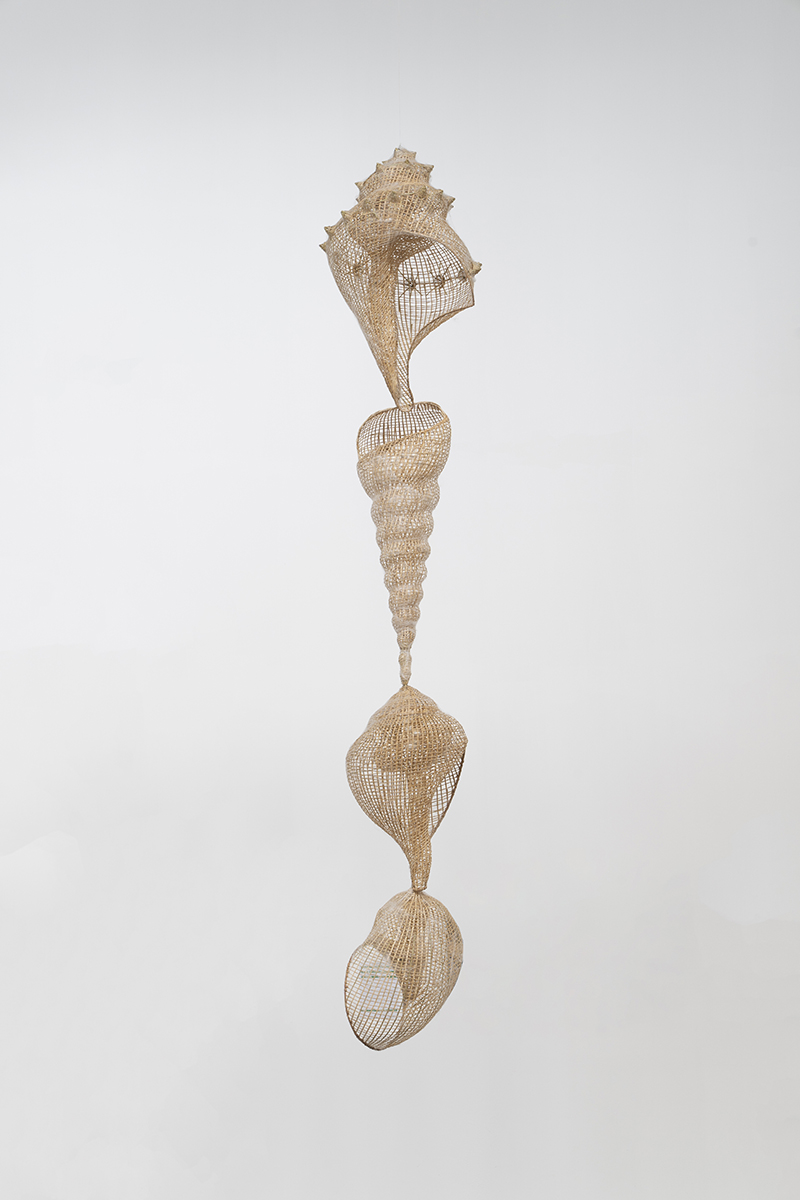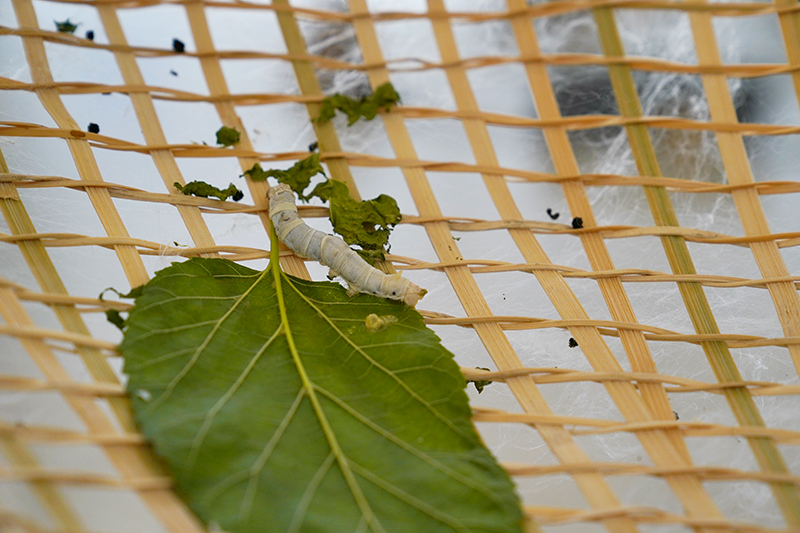 |
Morphological Study: Silk Seashell |
||||||||||||||||||||||||||||||||||||||||||||||||||
|
Research: The seashell is a type of mollusk with a complex and exquisite structure, typically spiral in shape. The shell, composed of calcium carbonate, serves to protect the soft body within. It is formed by the gradual accumulation and hardening of substances secreted by the mantle cells of the seashell. The mantle cells secrete calcium carbonate (primarily in the form of calcite and aragonite) and organic matrices (such as conchiolin, proteins, and polysaccharides). These substances gradually deposit in the space beneath the mantle, forming new shell layers. The cells, during the growth of the shell, incrementally increase the area and thickness of the shell along a spiral path. This results in an accretionary growth process from the inside out. Different species of seashells, whether it be the elongated and pointed spindle shell, the distinctly layered tower shell, or the nautilus with its perfect Fibonacci sequence curve, are the result of deformations of the same structure. Concept: If a seashell is damaged, the mantle cells immediately secrete new material to fill in and repair the damaged area. This is similar to bamboo weaving. The process of a seashell's growth is akin to the process of basket weaving. Procedure: Weave a set of seashell skeletons from bamboo, showcasing the transformation process of various seashell species. The weaving must extend from the inside out, displaying its internal structure. On-site in Anji, find silk farmers and have silkworms spin silk on the bamboo structure, gradually spreading from the inside out. The completed silk seashells are adorned with numerous silk cocoons.
|

